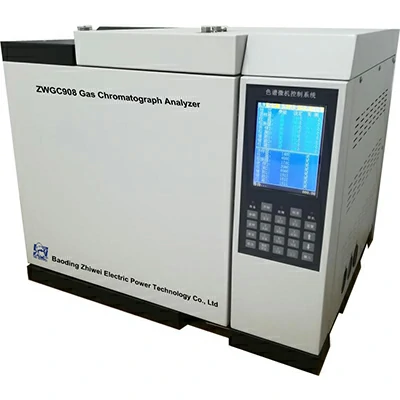Dissolved Gas Analysis (DGA) of transformer oil samples is a diagnostic technique used to assess the condition of power transformers and detect potential faults or abnormalities.
Here’s how the process typically works:
- Sample Collection: A representative sample of the transformer oil is collected from the transformer’s oil reservoir. This sample is usually obtained using dedicated sampling equipment and procedures to ensure accuracy and reliability.
- Sample Preparation: The collected oil sample may undergo various preparation steps depending on the DGA method used and the requirements of the laboratory. These steps may include filtration to remove solid particles, degassing to remove dissolved gases, and temperature stabilization to ensure uniformity.
- Gas Extraction: The dissolved gases present in the transformer oil are extracted using a suitable method, such as headspace extraction, membrane separation, or vacuum degassing. This process allows the gases dissolved in the oil to be transferred to a gas phase for analysis.
- Gas Analysis: The extracted gases are analyzed using analytical techniques such as gas chromatography (GC) or gas chromatography-mass spectrometry (GC-MS). These techniques separate the individual gases present in the sample and quantify their concentrations.
- Interpretation: The concentrations and ratios of the various gases detected in the transformer oil sample are interpreted to assess the condition of the transformer. Certain gases, such as methane (CH4), ethane (C2H6), ethylene (C2H4), dissolved gas analysis of transformer oil and acetylene (C2H2), are indicative of specific types of faults or abnormalities, such as overheating, partial discharge, or insulation breakdown.
- Diagnostic Interpretation: The results of the DGA are compared to established diagnostic criteria, industry standards, or historical data to identify any abnormal trends or patterns. This information is used to diagnose potential faults or issues within the transformer and prioritize maintenance or corrective actions.
- Reporting: The findings of the DGA are typically documented in a comprehensive report, which may include the analytical results, interpretation of the data, recommended actions, and any additional observations or recommendations.
By performing Dissolved Gas Analysis of transformer oil samples, utilities and asset owners can proactively monitor the condition of their transformers, identify potential issues before they escalate into costly failures, and optimize maintenance and asset management strategies.

